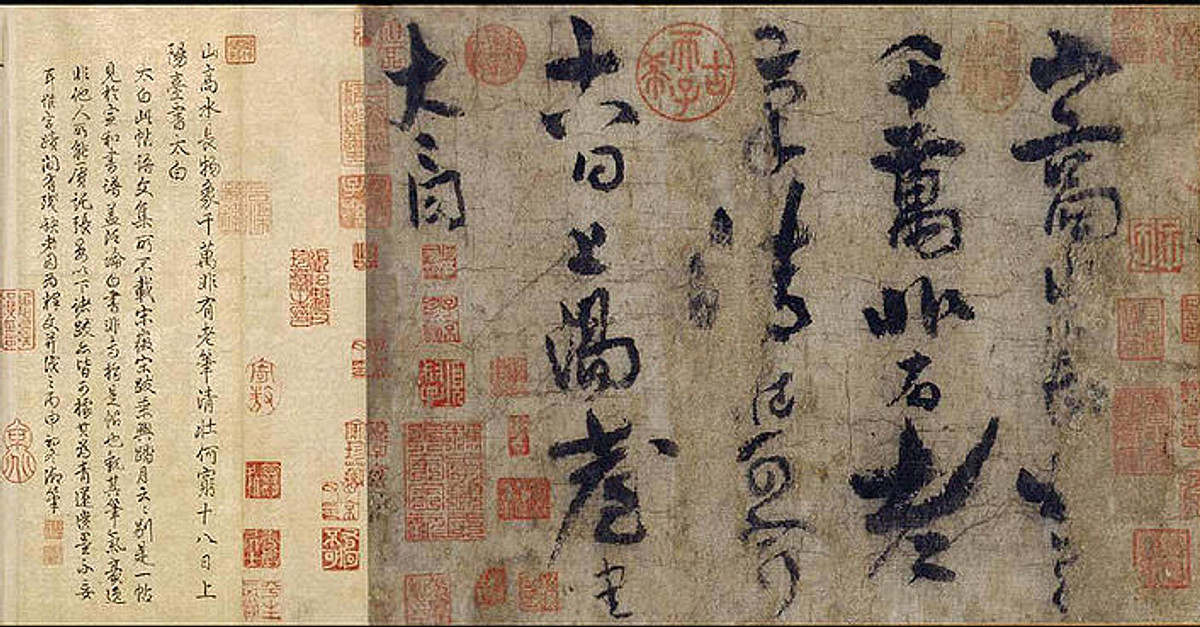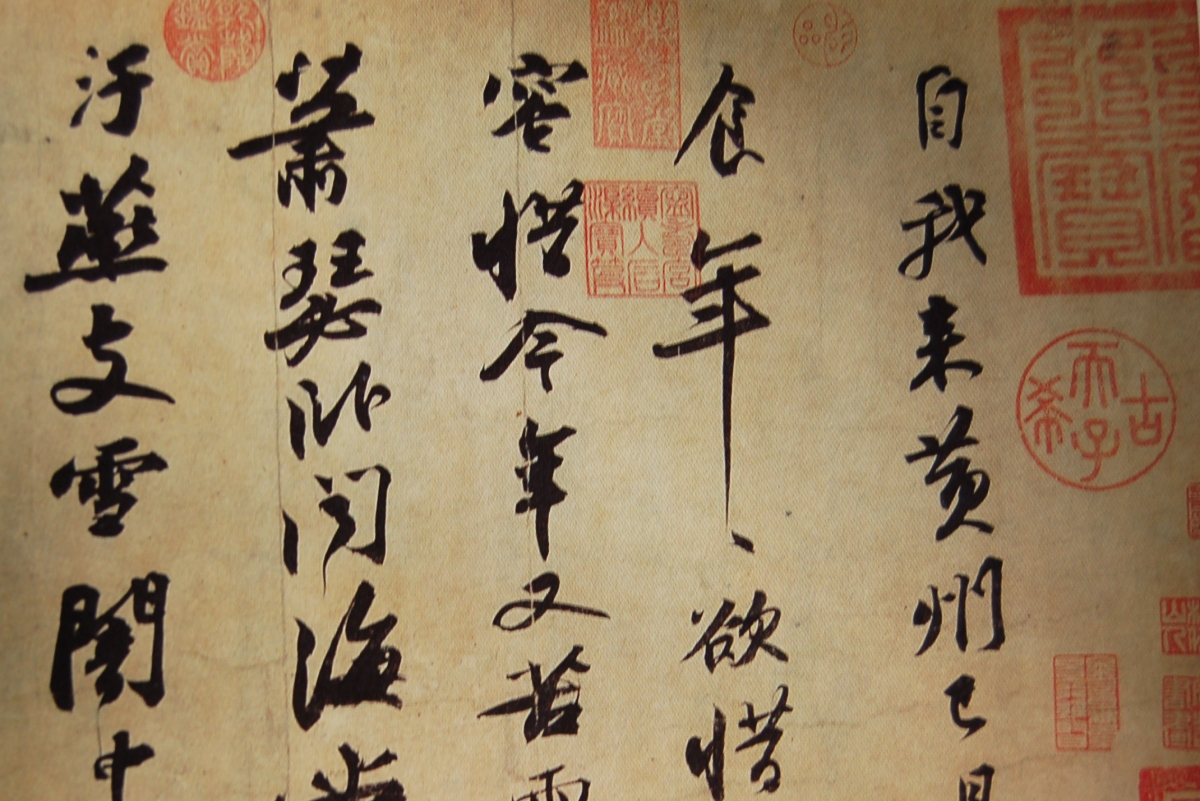# Discovering Linyi’s Calligraphy Heritage and Cultural Significance

Welcome to another exciting journey on *jusha.travel*, where we delve into the hidden gems of China that blend history, culture, and adventure. If you’re a traveler with a passion for China history travel, Linyi in Shandong Province is a must-visit destination. Known for its profound *Linyi Calligraphy Heritage*, this city offers a window into ancient artistic traditions that have shaped Chinese culture for centuries. From exploring *Linyi cultural landmarks* to uncovering the depths of *China calligraphy history*, this guide will inspire you to appreciate the beauty of calligraphy as both an art form and a cultural cornerstone. Here at *jusha.travel*, we love sharing tips to make your China journey unforgettable, and this post highlights the *Cultural attractions Linyi* has to offer, perfect for culture enthusiasts and curious explorers alike.
## Linyi’s Archaeological Treasures: Unearthing the Bamboo Slips

Linyi’s story begins underground, with one of its most remarkable discoveries that underscores its *Linyi Calligraphy Heritage*. In 1972, archaeologists unearthed bamboo slips from a tomb dating back to the Western Han Dynasty (206 BC–AD 24). These fragile artifacts, about 28 centimeters long and remarkably well-preserved, feature ink that remains clear even after 2,000 years buried in the earth. This find not only highlights the durability of ancient techniques but also positions Linyi as a key player in China calligraphy history.
The bamboo slips are inscribed in **lishu** (clerical script), a style originating in the Han Dynasty known for its broad, legible brushstrokes. For travelers interested in *Linyi travel guide* essentials, visiting the Linyi Museum is a top priority. Here, you can see these treasures up close, gaining insights into how calligraphy evolved as a practical and artistic tool. Interestingly, the slips contain military treatises, historical records, and philosophical texts, linking Linyi to legendary figures like Sun Bin. This connection adds a layer of intrigue, showing how calligraphy was intertwined with daily life, governance, and warfare.
As you plan your trip, consider practical tips for exploring these sites. Linyi is easily accessible by high-speed train from major cities like Beijing or Shanghai, making it ideal for a day trip or extended stay. For a deeper dive, check out the external resource on Linyi’s archaeological significance: [Linyi: War and Pieces](http://china.org.cn/archive/2007-09/20/content_1225223.htm). This not only enriches your understanding but also ties into broader China history travel themes, such as the evolution of written language. Remember, when visiting, respect the sites by following guided tours—many offer interactive sessions where you can try basic calligraphy yourself, blending education with fun.
## The Cultural Significance of Calligraphy in Chinese Society

Beyond the artifacts, *Linyi Calligraphy Heritage* reflects the profound role of calligraphy in Chinese society, a tradition that continues to influence modern culture. Calligraphy isn’t just writing; it’s a form of personal expression and moral cultivation, embodying values like discipline and harmony. In China calligraphy history, this art form dates back thousands of years, with roots in the Tang Dynasty when it became a benchmark for scholarly success and government roles.
Linyi’s *Cultural attractions Linyi* bring this history to life through exhibits and workshops that showcase how calligraphy influenced social mobility. For instance, during the Tang era, state academies trained calligraphers, using their skills as a measure of talent for official appointments. Today, visitors can participate in hands-on experiences, such as learning to wield a traditional brush, which offers a meditative escape from the hustle of modern travel. It’s a great way to connect with China’s cultural ethos, where every stroke represents balance and inner peace.
If you’re drawn to *Linyi cultural landmarks*, don’t miss the chance to explore how this heritage intersects with contemporary life. Many local artists in Linyi draw inspiration from these ancient scripts, creating modern pieces that blend tradition with innovation. For more on the philosophical underpinnings of calligraphy, refer to this insightful resource: [Chapter 5 – Calligraphy in East Asia](http://guity-novin.blogspot.com/2010/02/history-of-graphic-design-calligraphy_09.html). This link dives into the techniques and cultural philosophies, providing a fuller picture of why calligraphy remains relevant. As a traveler, pack a notebook to jot down your thoughts—perhaps even attempt your own strokes during a cultural workshop, a tip straight from the *jusha.travel* playbook for immersive experiences.
## Exploring Linyi’s Cultural Landmarks and Travel Insights

Linyi stands out as a hub for *Linyi cultural landmarks*, where history and daily life intertwine to create unforgettable *Cultural attractions Linyi*. The city’s bamboo slips were甚至 recognized as one of China’s “100 Major Archaeological Discoveries of the 20th Century,” drawing scholars and tourists alike to its museums and heritage sites. This recognition underscores Linyi’s role in preserving China history travel narratives, offering a tangible link to the past.
One highlight is the connection between Linyi’s artifacts and broader East Asian traditions. The techniques used in calligraphy—such as the preparation of ink and paper—echo innovations seen across China. For example, the bamboo slips’ preservation has aided linguistic research, revealing how scripts evolved from preparatory drawings to masterful art. If you’re planning a visit, a practical tip is to combine your trip with nearby attractions, like tasting local Shandong cuisine, which pairs perfectly with cultural tours for a well-rounded experience.
Linyi also offers modern twists on ancient practices, such as digital exhibits that use technology to animate historical scripts—a nod to China’s tech-savvy evolution. For further reading on traditional production techniques and their cultural impact, explore this resource: [PDF] Liu’s Magic Paper Flower: Traditional Production Techniques](https://www.pjlss.edu.pk/pdf_files/2024_2/1126-1143.pdf). It provides fascinating details on the materials that made Linyi’s calligraphy enduring. Additionally, for events and scholarly perspectives, check out 2011 IEAS Events Calendar, which often features discussions on East Asian art. As you wander Linyi’s streets, keep an eye out for street vendors selling calligraphy-inspired souvenirs, making your trip both educational and memorable.
## Conclusion: Embracing Linyi’s Timeless Legacy
In summary, Linyi’s *Linyi Calligraphy Heritage* offers a captivating blend of history, art, and culture that enriches any China history travel / itinerary. From the ancient bamboo slips revealing the intricacies of **lishu** to the vibrant *Linyi cultural landmarks* that host interactive experiences, this city showcases the enduring significance of calligraphy in Chinese society. Exploring these sites not only provides cultural insights but also practical travel tips, like engaging with local workshops or using high-speed trains for easy access, all while appreciating the broader tapestry of China’s traditions.
At *jusha.travel*, we’re passionate about guiding you through these inspiring destinations, helping you uncover the stories that make China so unique. Whether you’re a seasoned traveler or a first-timer, Linyi promises an adventure that sparks curiosity and connection. We’d love to hear your thoughts—share your favorite cultural discoveries in the comments below, visit *jusha.travel* for more in-depth guides, or explore related articles like our posts on other historical sites. Let’s keep the conversation going and plan your next China escapade together!

